THE LEGACY WE HAVE INHERITED.
THE FUTURE WE SHAPE.
At India House, we draw our spirit from the iconic red-brick building on Highgate Street, London founded in the early 20th century by Shyamji Krishna Verma, with the support of Lala Lajpat Rai and Bal Gangadhar Tilak.
It was not just a house, it was a powerful refuge for krantikaris. It became the overseas hub of India’s moral resistance , where students and revolutionaries debated ideas and cultivated cultural pride, ultimately fueling India’s freedom movement.
India House doubled as both a residential and intellectual sanctuary for Indian students abroad, offering scholarships and fostering contributions such as The Indian Sociologist, The History of the First War of Indian Independence (1857), and the first Indian national flag.
This is the lineage we come from and the future we strive to shape.
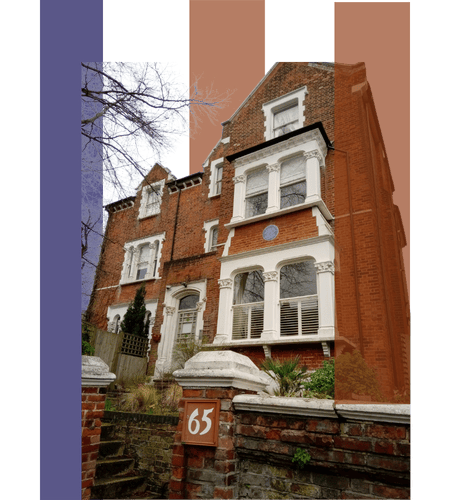
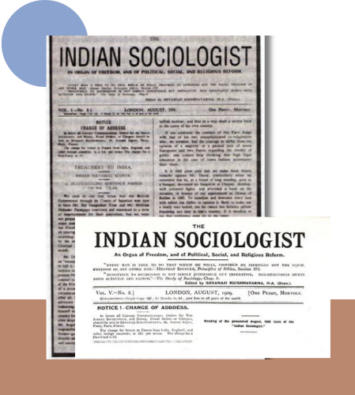
THE INDIAN SOCIOLOGIST
An Active Dialogue. A Call for Change.
Shyamji Krishna Verma launched The Indian Sociologist in 1905—a journal that roared with conviction as “An Organ of Freedom and Political, Social, and Religious Reform.”
It challenged British colonial rule head-on, advocating for political rights, social justice, and economic self-reliance. Despite constant bans and surveillance, The Indian Sociologist stood its ground becoming a beacon of intellectual rebellion until its final issue in 1922.
A publication.
An initiative with an intent to inspire active dialogues amongst the masses.
A legacy we carry forward in the form of our newsletter tweaked as per the need of the hour: Policy Mandala. It decodes complex policy changes into simple, easy to understand language for active participation of its readers with a mission to deepen democracy.
CREATED AT INDIA HOUSE
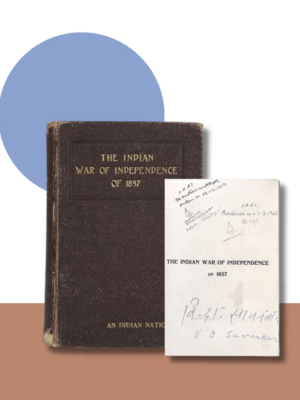
THE INDIAN WAR OF INDEPENDENCE, 1857
A Narrative Reclaimed. A Fire Sparked.
Penned at India House in 1909, The Indian War of Independence, 1857 by Vinayak Damodar Savarkar shattered colonial distortions recasting 1857 as a united uprising against foreign rule.
More than a book, it became a manifesto.
A timeless spark that turned memory into resistance and history into revolution.
INDIA’S FIRST NATIONAL FLAG
A Flag Raised. A Nation Imagined.
In 1907, at the International Socialist Conference in Stuttgart, Madame Bhikaji Cama unfurled India’s first national flag, a bold symbol co-created with exiled revolutionaries.
More than just a fabric, it was a fierce declaration of India’s identity and sovereignty on the global stage.
A proud precursor to the tricolour we salute today, it carried the spirit of resistance far beyond our borders.
Top Stripe – Dark Green/Deep Ochre
Lotus symbols represented the eight provinces of India at the time. The lotus, a symbol rooted in Indian culture, signified purity, regeneration, and hope.
Middle Stripe – Saffron/Golden Yellow
Bold inscription in white Devanagari script: वन्दे मातरम् (Vande Mataram). This was a direct homage to the motherland.
Bottom Stripe – Red
Displays two prominent symbols: Sun on the left – Sign of energy, strength, and also represents Hindus. Crescent moon on the right – Signifies peace, change, and also represents Muslims. Their placement symbolized communal unity: a powerful message in a divided colonial India.
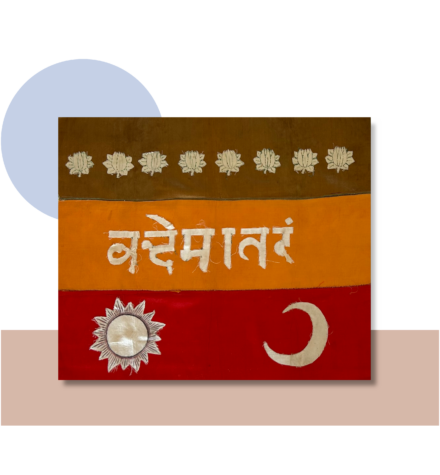
LEADERS OF INDIA HOUSE
SHYAMJI KRISHNA VERMA
The Mind Behind the Movement, Leader.
Shyamji Krishna Verma, a barrister, scholar, and visionary ignited India’s revolutionary fire from abroad. Drawing from the philosophies of Dayanand Saraswati and Herbert Spencer, he laid the intellectual bedrock for Swaraj and mentored a generation of young krantikaris. His legacy lives on in sharp ideas, bold actions, and an unshakable love for the nation.

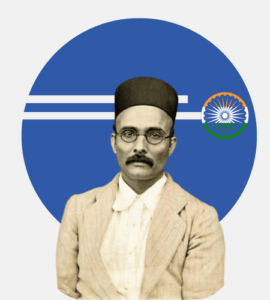
VEER SAVARKAR
Prolific Writer. Fearless Doer. Leader.
As a young law student in London, Vinayak Damodar Savarkar, better known as Veer Savarkar became deeply involved with India House. A political leader, social reformer, poet, philosopher, and founder of the Abhinav Bharat Society, his life was a testament to sharp thought, bold sacrifice, and an unbreakable spirit that fueled India’s fight for swaraj and civilisational pride.
MADAM BHIKAJI CAMA
The Flagbearer of Freedom
A firebrand revolutionary and an advocate for women in leadership, Madam Bhikaji Cama carried the spirit of India’s freedom across borders. From her work on Bande Mataram to raising the first national flag in Stuttgart, she rallied global support for India’s cause. Her legacy lives on as a symbol of resistance, courage, and bold, visionary leadership.
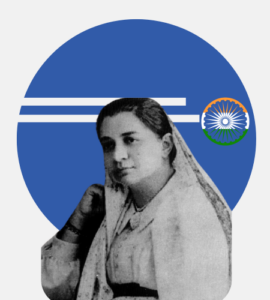
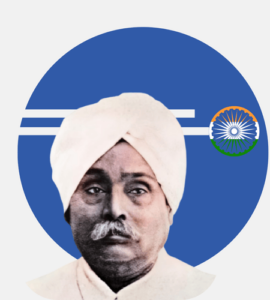
LALA LAJPAT RAI
The Voice of Resistance Leader
Lala Lajpat Rai, known as the ‘Punjab Kesari’, was a towering nationalist leader and a social reformer. As part of the iconic Lal-Bal-Pal trio, he led from the front challenging colonial rule, advocating for mass education, and championing Hindu-Muslim unity. With powerful words and fearless actions, he awakened a generation to dream of a self-reliant, sovereign India.
